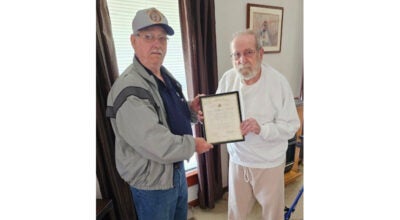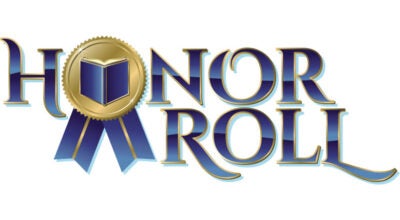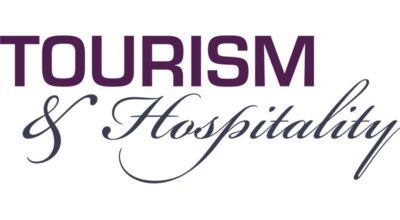Nottoway land added to Virginia Landmarks Register
Published 4:17 pm Thursday, September 24, 2020
|
Getting your Trinity Audio player ready...
|
CAPRON
A Southampton County farm that was once part of a colonial-era Nottoway reservation has been added to the Virginia Landmarks Register.
The 1.8-acre Millie Woodson-Turner homestead, located between Courtland and Capron, was part of a larger tract of land on which a Nottoway village stood in the late 17th century. Around 1680, English settlers signed a treaty with the tribe, establishing that tract, known as the Square, and another, known as the Circle, as Nottoway reservations. Both tracts were surveyed in 1705 by order of Virginia’s colonial legislature, the House of Burgesses, totaling 41,000 acres across what is now Southampton County and Sussex County. In 1714, another treaty signed at the conclusion of the Tuscarora War affirmed the two tracts as Nottoway lands.
By the early 19th century, much of the two tracts had been sold off. Around 1830, the Nottoway began deeding the remaining lands under tribal control to individual tribe members — a process that continued for roughly 50 years. Millie Woodson-Turner, a Nottoway descendant born sometime in the early 1830s, received such an allotment around 1850 when she came of age.
“Millie and her sisters all received shares,” said Dr. Buck Woodard, an American University anthropologist who served as one of the co-principal investigators in the process of getting the Millie Woodson-Turner farm listed on the Virginia Landmarks Register.
Turner is sometimes listed in land records as Millie Woodson, owing to the surname of her father. Turner was her mother’s surname. She later married a man with the last name of Hurst. Her children used different last names, one of them being Hurst.
Turner’s daughter, Susanna, who sometimes used the surname Hurst and sometimes Turner, died in 1949, which resulted in the family losing control of their allotment around 1950 due to back taxes.
“Native peoples controlled this tract of land from before Christopher Columbus through circa 1950,” Woodard said. “It’s an untold story. That’s what’s amazing.”
“The Nottoway Indian Tribe of Virginia has worked on this designation for the past five years in collaboration with DHR [Virginia’s Department of Historic Resources], archeologists and academic historians,” said Nottoway Chief Lynette Allston.
The DHR, which manages the Virginia Landmarks Register, will forward the documentation on the Millie Woodson-Turner site to the National Park Service for nomination to the National Register of Historic Places. Listing a property on state or national registers is honorary, and sets no restrictions on what property owners may do with said property.
“The designation is foremost an invitation to learn about and experience authentic and significant places in Virginia’s history,” said Randy Jones, a spokesman for the DHR. “Designating a property to the state or national registers — either individually or as a contributing building in a historic district — provides an owner the opportunity to pursue historic rehabilitation tax credit improvements to the building.”
While there are no longer any standing structures on the site dating to the days when Nottoway descendants lived there, the tribe’s and DHR’s interest in the site is archaeological in nature.
“So little is known about the lives of reservation people in the 18th and 19th centuries,” Woodard said, calling the listing an opportunity to “broaden the conversation about native Virginians to include the Iroquoian-speaking peoples.”
“Nat Turner happened while that reservation was there,” he said, referring to the 1831 rebellion of enslaved Blacks in Southampton County.
“This is an opportunity to look at a different story, a different experience,” he added. “Most of Virginia history focuses on the Powhatan.”
There were, in fact, three local native language groups in colonial times: Algonquian speakers like the Powhatan, Siouan speakers and Iroquoian speakers like the Nottoway, who actually referred to themselves as Cheroenhaka. Algonquian speakers referred to the Cheroenhaka as “na-da-wa,” meaning “snake” or “enemy,” to some and “traders” to others, which the English repeated as “Nottoway.”





